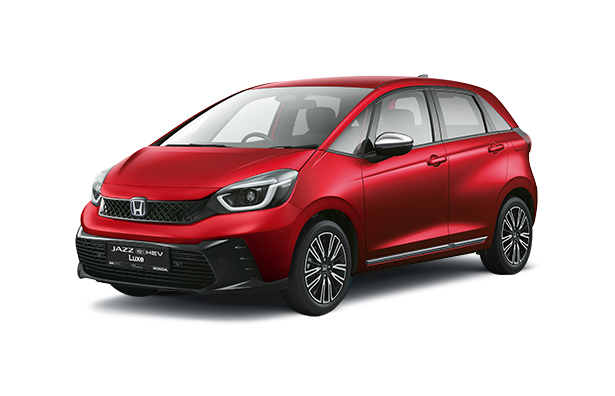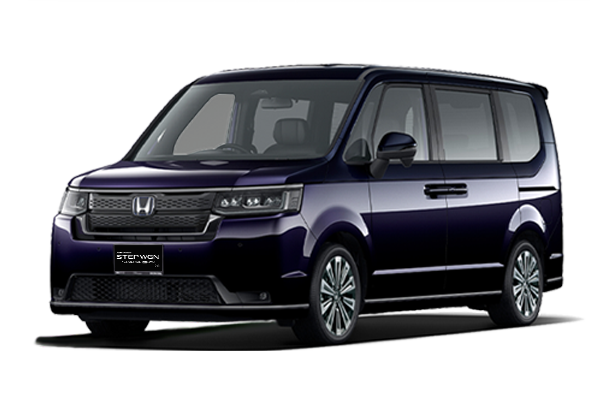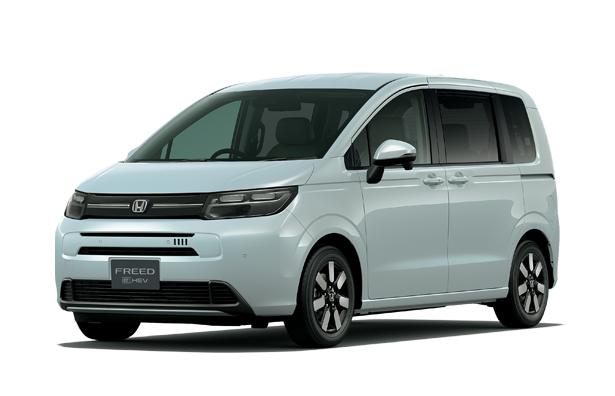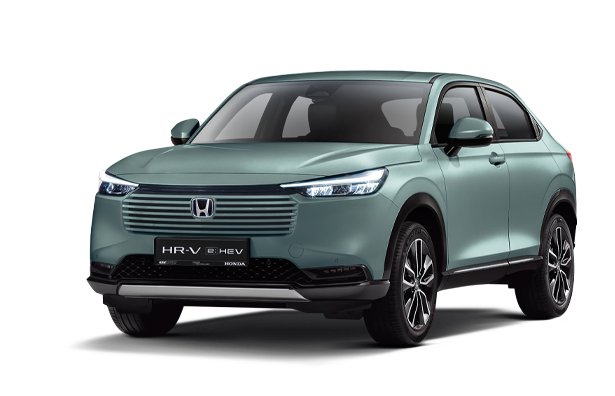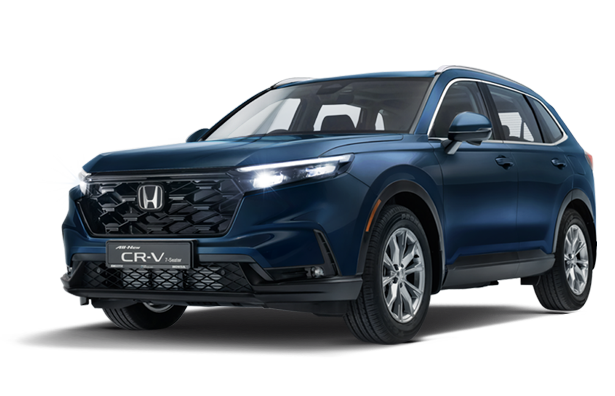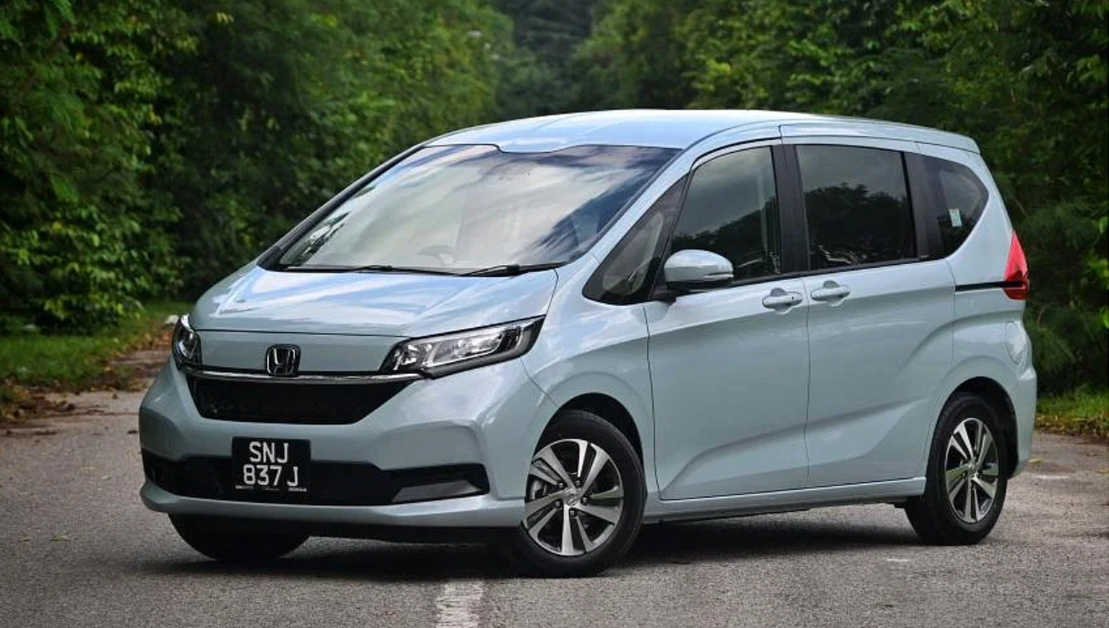
SINGAPORE – On the surface, the Freed looks like Honda’s clone of the Toyota Sienta.
Like the Sienta, it is a subcompact with three rows of seats, two motorised sliding rear doors (for the higher E7 variant reviewed here) and a city-friendly demeanour. But the similarity ends there.
The car is a 2019 facelift, which was launched in Singapore in late 2022. It gets a new face, which puts it more in line with latter models from Honda, like the Jazz and Civic.
With a low-profile radiator grille, it seems to hint of electrification, but the Freed has none of that.
It is still powered solely by a 1.5-litre normally aspirated four-cylinder engine with double-overhead cams – a boasting right in the 1990s. Power goes to the front axle via a continuously variable transmission. No hybrid system, mild or otherwise.
There is something to be said about Honda engines, though. With that seemingly dated powertrain, the Freed gets to 100kmh in 11.9 seconds and a top speed of 178kmh – compared with Sienta’s 12.5 seconds and 160kmh.
The trade-off is fuel efficiency. The test car averages 7.8 litres/100km, nowhere near Honda’s proclaimed 5.9 litres/100km and a galaxy away from the Sienta Hybrid’s tested 4.2 litres/100km.
With a smaller 36-litre fuel tank (versus the Sienta’s 42-litre capacity), you will have to visit the pumps a lot more often.
Honda says the facelifted Freed is constructed with more high-tensile steel, which bodes well for body rigidity.
Its rear suspension – an Achilles’ heel for many multipurpose vehicles – has also been made more rigid, with liquid-sealed bushings to “increase a sense of stability and nimble handling”.
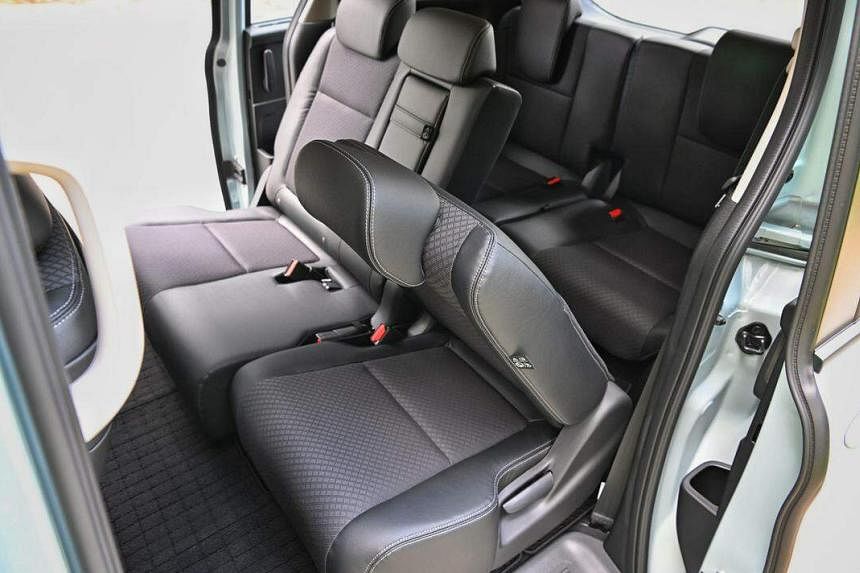
In the cabin, more panels are lined with soft-touch materials. As before, the car has plenty of storage compartments everywhere, a trait shared by the Sienta.
One material change is to the car’s passenger-friendliness. Rear door openings are now larger, with a 60mm and 50mm increase in width and height respectively. At the same time, floor height has been reduced. This makes getting in and out of the car easier, especially for older folks.
The driver will appreciate that the number of turns of the steering wheel from lock to lock is now 2.9, versus 3.3 previously. Along with its 5.2m turning radius, this makes the car nifty and manoeuvrable.
Its windscreen has also been expanded upwards, which is good for visibility but not great when the sun is glaring.
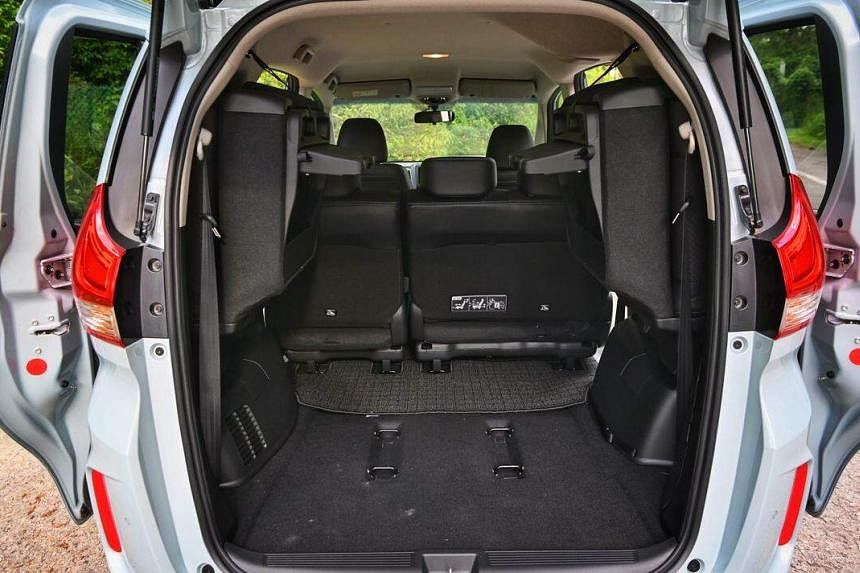
At the wheel, the Freed certainly feels more brisk than the Sienta. But you are discouraged from fully exploiting the engine’s output because of the noisy gearbox. While some continuously variable transmissions (CVTs) are reasonably quiet (like the one in the Sienta), the one in the Freed is not.
This mars the driving experience somewhat. But at up to 3,000rpm, the CVT din is bearable. Pity that peak torque arrives only at 4,600rpm.
The car redeems itself by excelling in the handling department. The steering is sharp and responsive, and the chassis is balanced and coherent. You often feel you can enter and exit a corner at a higher speed in this car than in the Sienta.
As for ride comfort, the Freed and Sienta are evenly matched.
Both cars, however, are not hot hatches, although some owners have done modifications in an effort to make them so.
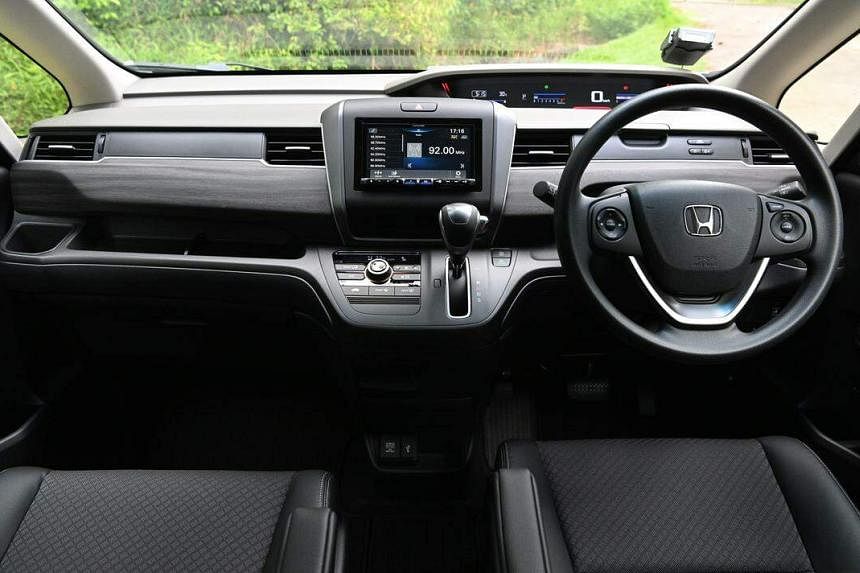
The Freed does not have as many premium features as the Sienta, but it is not austere either.
Amenities include reverse camera, hill start assist, Apple CarPlay and Android Auto and manual window sunshades. Its rear seats are more comfortable than the ones in the Sienta, and are slightly easier to lift and fold.
But for many looking to buy a small multi-seater, price is a major motivator.
To this end, the Honda pips the Toyota, with prices starting at $147,999 for the entry-level S7 variant. The Sienta costs from $155,900 and buyers may have to wait for new stock to arrive.
Credits: The Straits Times Author: Christopher Tan
Original Source: https://www.straitstimes.com/life/motoring/car-review-facelifted-honda-freed-in-better-position-to-go-up-against-toyota-sienta

